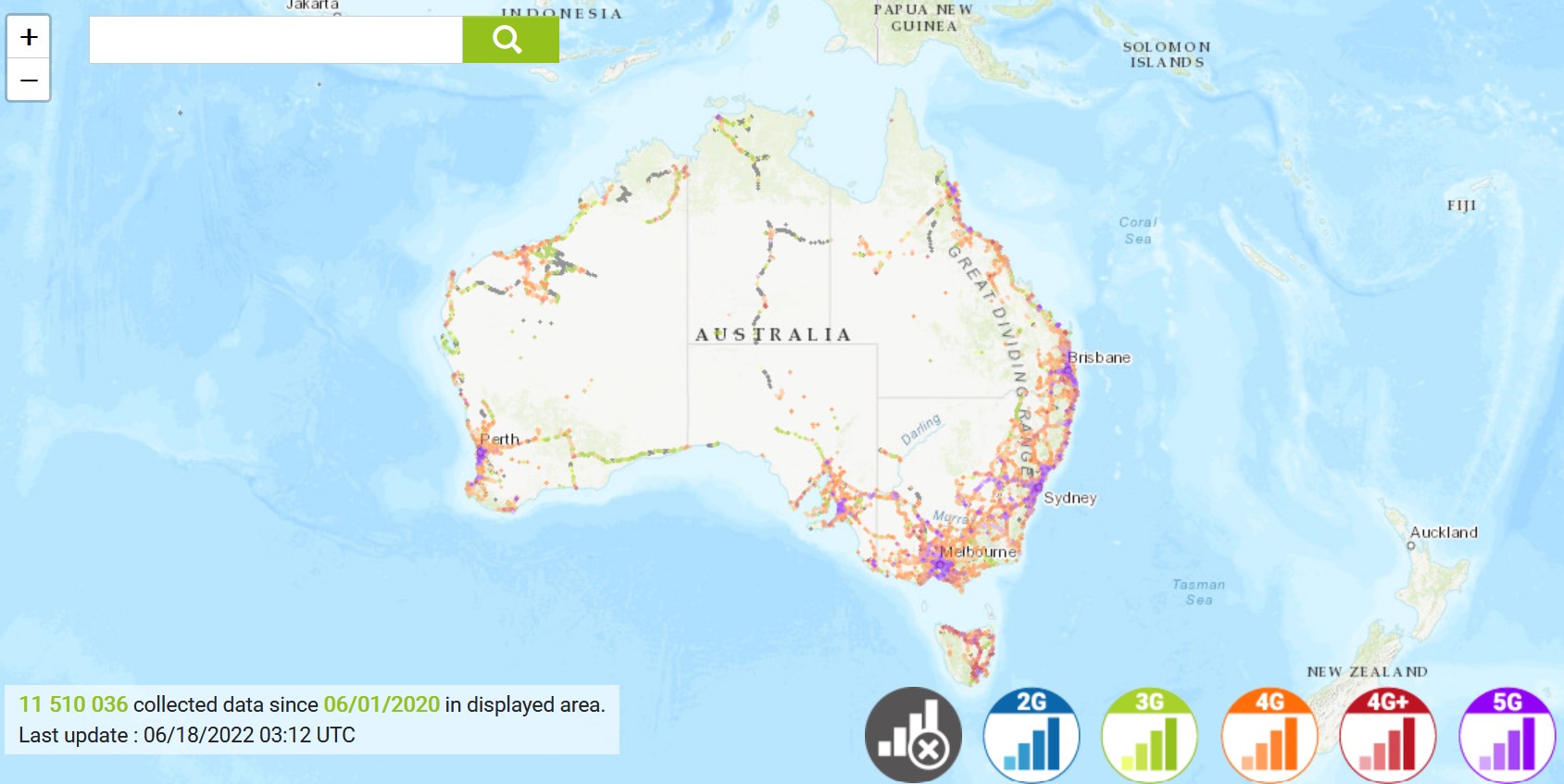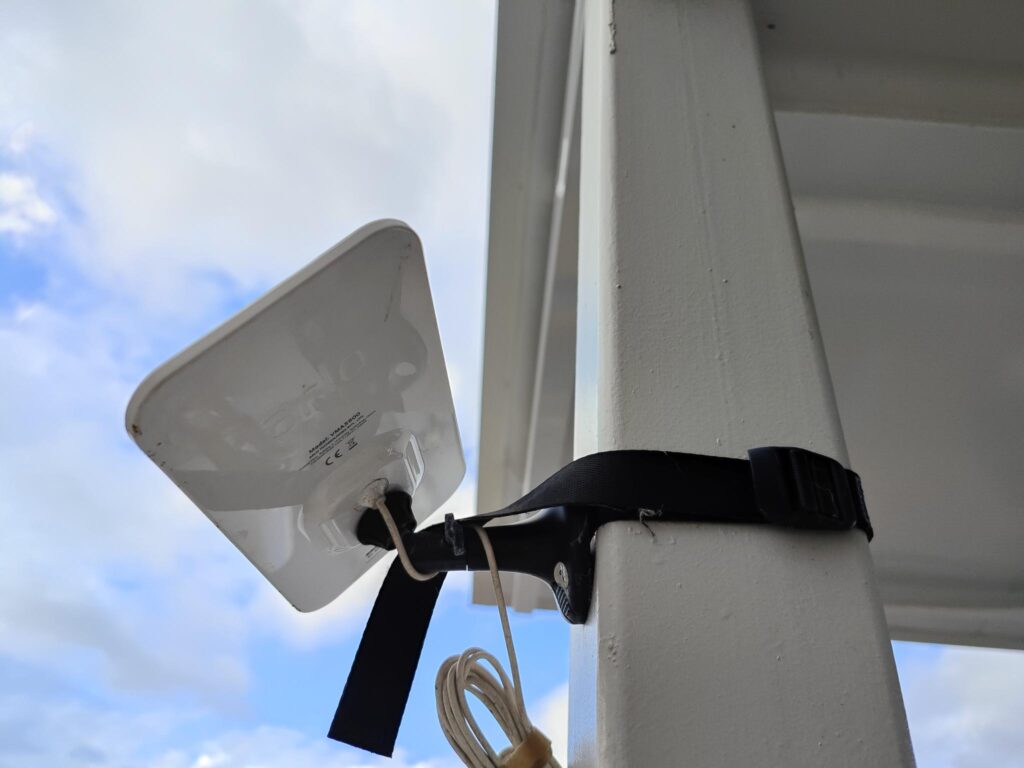There are a few security cameras that use the 4G LTE Telco network. But the Pidgeon pair Arlo Go 2 LTE (VML-2030) and Arlo Solar Panel Charger (VMA5600) are without doubt the most reliable – just add a 4G sim and some sunlight, and you are good to go.
We have been testing the $429 Arlo Go 2 LTE (VML2030-100AUS) camera for over a month in a Telstra three-bar reception area, and it has been flawless. LTE does lower battery life over the standard Arlo camera – we estimate about 15-20%. Hence the $129 Arlo Solar Panel Charger has been fabulous and adds that much-needed total portability.
The Arlo Go 2 LTE is a 1080p version of the water-resistant premium Arlo Pro Spotlight Wireless Security Camera with the Extended XL Battery, housing, and Pro magnetic charger base. So, it can use Arlo Pro/Ultra batteries (handy if you need a quick swap), and accessories like the 7.6m outdoor or 2.4m indoor magnetic charge cable, the incredibly handy Dual-battery charging Station (VMA5400C)
This is portable – no power cables or Wi-Fi needed. Just use the tripod wall mount (supplied) or a magnetic wall mount.
This review uses Fail (does not meet expectations), Pass (meets expectations commensurate with similar brands/products/price bracket) and Exceed (surpasses expectations or is class-leading).

And that brings us to Arlo Go 2 LTE use cases.
- If you have good home Wi-Fi, it can connect to the network so this may be overkill
- If you have an Arlo Smart Hub as part of an Ultra/Pro setup you may be better off with a 2K Pro or 4K Ultra camera anyway.
This is for
- Home or office where Wi-Fi cannot reach – sheds, gardens, gates, access points
- Grey nomads and campers to watch over their van/rig/camp
- Vacation homes where Wi-Fi may not always be available
- Building sites for security and to monitor entry
- Pop up shops, food trucks and more where good Wi-Fi is not available
- Boat owners (it is IP65, so be thoughtful about saltwater exposure)
4G LTE coverage/cost
Telstra claims that 97.9% of the Australian population can get 4G services. While it sounds good actual landmass coverage is about 13% (see map for your area).

Before buying the camera, download the free Network Cell Info Lite and Wi-Fi from Google Play (Android only) to check your mobile cell reception strength. The signal strength is measured in -dBm, and you need to get at worst -100dBm (lower is better), or 4G won’t work. You can also use this App (use the RAW tab) to locate the nearest Telco cell tower and measure signal strength in femtowatts (fW) or picowatts (1000 fW = 1pW). The minimum usable signal is about 50fW.
Bandwidth is the main reason Arlo made this a 1080p camera. It needs about 5Mbps (megabits per second) but can drop back frame and resolution if necessary if 4G bandwidth falters. Our tests in a 4G, 3-bar, -80dBm, 100fW area on band 3 gave full 1080@24fps speed.
It uses a standard nano-sim and supports Telstra, Optus, and Vodafone LTE data bands. You can buy a data-only (Tablet) plan from the main Telcos starting at about $15/5GB ($3 per GB) per month. That gives (in theory) about 15 minutes combined of live monitoring via the App or cloud upload.
Or you can go to a Telstra MVNO (mobile virtual network operator)
We recommend you stick to a Telstra MVNO to get the widest coverage.
We recommend Boost Mobile. You can get an annual 100 or 240GB prepaid voice and data plan for $200/300 ($2/GB or $1.25/GB). These are good if you know you will use the data and can top-up any time. They are not so good if you don’t fully use the data allowance so a monthly plan may be better. Note prices are recommended retail and exclude any sales or discounts.
If it cannot find Wi-Fi, it automatically switches to LTE. If it can’t find either, it records locally if you have installed a MicroSD card. The Arlo app also indicates signal strength (after you buy it). Note that you can set it up on Wi-Fi at home and move it to 4G later.
Hint: If you intend to use LTE, only select that in the App, and it turns the Wi-Fi radio off saving battery.
How much data? – LTE or MicroSD
One Gigabyte equals 8000 Megabits. Video 1080p takes 5 Megabits per second, so 1GB can hold about 25 minutes of recording. Depending on activations (clips), you can get away with 5GB a month.
We tested with a 128GB Samsung U3 card (2TB maximum). The cameras records in clips – you select from 10-120 seconds. You can remotely adjust this in the App. Videos are stored as H.264/MP4 so that you can use most viewing software.
Image quality – Pass+ (depends on what you need)
It is 1904 x 1072@24fps (just under FHD), has a 130° field of view (limited fisheye) and has great detail in daylight and adequate detail under the spotlight. The spotlight gives a cone of light about 2m wide and 3 metres out. Arlo quotes 12X zoom (in theory), but it tops out at 4x.
Note that you can rotate the camera image by 180° for roof mounting.


Mounting – Pass
Preferably at chest/face height (to avoid top-of-head or hoodie syndrome and see their faces). It comes with a 360° gimbal mount (and screws). As it is a standard ¼” tripod mount, you can look at an Arlo magnetic mount and third-party options like a strap-on pole/tree mount.
Motion detection is up to 7m, but we suggest 5m.


Reliability – Exceed
4G is generally pretty reliable, but the quality of the 4G modem in the camera dictates overall reliability. We found it relatively quick to connect – usually no more than a few seconds and occasionally perhaps a minute to connect. Image quality is great to about 3 metres (I can read a number plate or see facial features) and clothing detail. The camera will cover out to 50 metres with reasonable detail.
Night vision – Pass
The spotlight allows colour recording at night to about 5 metres. It also has IR mono out to about 8 metres.


Two way-talk – Only with good signal strength – Passable
The Arlo Go 2 LTE (like the Ultra and Pro 3) has full-duplex (both-ways) audio via the App (Mic Switch).
We found that its effectiveness depends on 4G or Wi-Fi signal strength. It is way too laggy in a 3-bar reception area (about 6-10 seconds behind) to have a two-way conversation. However, it is usable if you are patient and wait your turn to speak. You won’t know how good this feature is until you buy and install it.
On Wi-Fi and via the Arlo Smart Hub, it is more effective with 2-5 second lags.
Siren – Pass
About 100dB at 1m, it is more of a deterrent than ‘wake the neighbours’. You can manually activate it as well.
Voice Assistant – Pass
You can use Google Assistant or Alexa and display the camera image on a TV or video hub. This is not instant – the command has to go to the device over 4G or the Arlo cloud and can take 30-60 seconds. It is faster if it is on the same Wi-Fi network.
It also supports IFTTT (If this then that) for more complex trigger actions, e.g., if the camera activates, turn on the outside lights etc.
The Arlo App is a better place to view as you can access the live stream and the 30-day library. You can cast to any Chromecast or Apple Airplay2 device. You can set geofencing (multiple mobiles) and schedules to arm/disarm the camera. This can extend battery life.



GPS camera location – love this – Exceed
The App can use GPS location to find the device. Handy if you have multiple cameras and they are in the field.
Arlo Cloud backup – Exceed
Arlo Go 2 LTE has a free 3-month subscription to Arlo Secure. It is to get you into the tent, and it is very effective. More cost-effective if you have multiple Arlo products.
Arlo has basic live video streaming and motion notifications for free. You may want to consider Arlo Secure 30-day cloud storage for $4.99 (1 camera) to $14.99 (unlimited cameras). The cloud plans add Person, Package, Vehicle, & Animal Detection; Smoke/CO Alarm Detection; Selectable Activity Zones; Call-a-friend (if it cannot reach you) and 30 days history (handy to look for intruders).
You could elect to have continuous video recording, but it is not recommended for 4G use.
Arlo Go 2 LTE battery life – Pass (depends on use)
Our test had close to 1000 x 60-second clips over a month. In rough terms, it used about 25% of the XL battery. It all depends on the number of activations, length of clips, motion sensitivity settings, spotlight use (night activations), 4G signal strength and more. The Arlo Secure plan allows you to set activity zones that can reduce false activations from pets or birds (we live beside the sea – damned seagulls) and focus on logical access areas like paths and windows.
The Solar Panel option – Exceed
Over the past two weeks, we added the $119 Arlo solar panel (VMA5600) with the magnetic cable for Ultra/2, Pro2/3/4 and Go 2.
This is one of the few solar panels that really works – many brands have far lower DC efficiency (<2.5W) and won’t handle extended rainy or cloudy days.
You need to mount it on a northerly aspect, with a clear view of the sky from sun-up to sun-down, at about a 20% tilt (not vertical) to maximise sunlight. The 12-cell panel is a tiny 188 x 102 x 11.7 mm x 173g and comes with a ¼”, 360° gimbal mount (same as the camera) to get the best light angle.
This panel delivers at least 5V/1A/5W to the 46.8Wh battery. If you start with a fully charged battery (3.6V/13A/46.8W), it will keep it there. If it is depleted, it can recharge in a day or so.
The question is – is it worth $119 per unit to avoid manually charging every few months. The answer is a resounding yes in that you can now mount the camera in more effective; if harder-to-reach places – provided you get some direct sunlight on the solar panel.
Maintenance-wise, it will need an occasional clean to remove dust and bird droppings, but it should perform well for 20 years!
It is a 10/10 for Arlo Ultra/Pro/Go owners, with the only niggle that you can’t extend the 2.4m cable (unless you get a cable maker to cut and extend it).
CyberShack’s view – The Arlo Go 2 LTE has come of age
Back in 2018, I gave the original Arlo Go 6/10 as it simply did not live up to the ‘old Arlo’ marking hype. Since then, the ‘new Arlo’ was spun out of Netgear and has focused solely on security cameras and cloud offerings. It is a very different company, and we love it for its Privacy as a Pledge that no other security camera company will match. Your data is not sold or monetised!
The Arlo Go 2 LTE cures all the issues I had then, making this one of the better 4G/Wi-Fi cameras.
- 1080p camera
- XL battery
- Better 4G Modem
- Lower lag times but still can be too long over 4G (unless you have terrific signal strength)
- Wi-Fi or 4G and better fall-over
- The Arlo Secure Cloud has improved a lot since then
If you are thinking of it, your last step should be to read the PDF manual.
CyberShack Verdict
Arlo Go 2 LTE and Arlo Solar Panel Charger
Camera $429 and Solar Panel $119










Comments